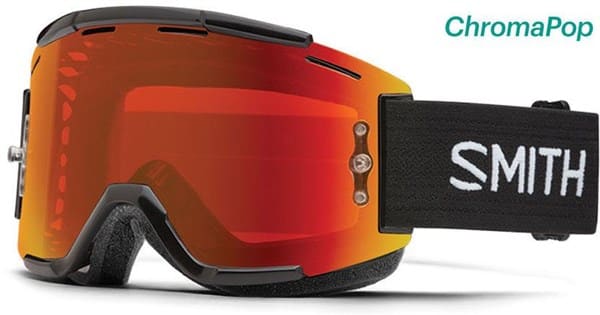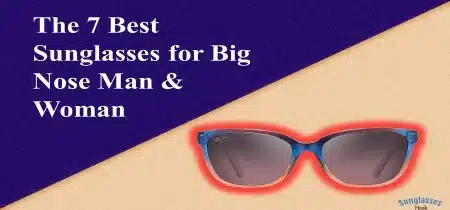Outdoor enthusiasts know that the right equipment can significantly enhance their experience. When it comes to winter sports such as skiing or snowboarding, or water sports like surfing and jet-skiing, goggles play a crucial role in ensuring comfort, safety, and optimum performance. One of the key aspects to consider while selecting goggles is the lens color, particularly for sunny days. This article explores the importance of choosing the right color goggle lens for sunny days and answer the question: what color goggle lens for sunny day.
Why Does Lens Color Matter?

Before diving into the specifics of lens color selection for sunny days, it’s vital to understand why lens color matters in the first place. Goggle lenses work as a filter, controlling the amount and type of light reaching your eyes.
- Visible Light Transmission (VLT): This is the percentage of light that a lens allows through to your eyes. Darker lens colors generally have a lower VLT and block more light, suitable for sunny days. Lighter lens colors have a higher VLT, allowing more light through, suitable for overcast or low-light conditions.
- Contrast Enhancement: Certain lens colors can enhance contrast, making it easier to spot details in the snow or water and react more quickly to changes in the terrain.
- Eye Comfort and Protection: The right lens color can reduce eye fatigue by controlling the intensity of light. It can also protect your eyes from harmful UV rays, which is a must when engaging in outdoor activities.
Best Goggle Lens Colors for Sunny Days
When you expect to be out in bright, sunny conditions, choosing a lens color with a low VLT percentage is crucial. Here are some recommended lens colors for such days:
Dark Brown, Gray, and Black Lenses
These colors are the best for bright, sunny conditions as they have a low VLT. They allow only 10-20% of visible light to pass through, blocking out a significant amount of sunlight and reducing glare.
- Dark Brown: Brown lenses provide excellent contrast, making them a favorite for skiers and snowboarders who need to read the terrain accurately. These lenses can highlight bumps and dips in the snow, even in bright conditions.
- Gray: Gray lenses offer the least color distortion, making them perfect for activities where color recognition is crucial, such as driving a jet ski or motorboat.
- Black: Black lenses are best for extremely bright and sunny conditions. They have the lowest VLT, limiting the amount of light that reaches the eyes and providing maximum glare reduction.
Green and Blue Lenses
While they allow a slightly higher VLT than dark brown, gray, and black lenses, green and blue lenses are still suitable for sunny conditions.
- Green: Green lenses can heighten contrast and visual sharpness while offering soothing comfort to the eyes. They’re suitable for moderate to bright light conditions.
- Blue: Blue lenses can be excellent for partly sunny to sunny conditions. They provide a balance between contrast enhancement and glare reduction, making them versatile.
Polarized Lenses: A Worthwhile Consideration
Apart from lens color, consider whether the lenses are polarized. Polarized lenses reduce glare from reflective surfaces like water or snow, offering better vision clarity and reducing eye strain. They’re especially beneficial in bright, sunny conditions.
Photochromic Lenses: Adaptive Technology
Photochromic lenses are an advanced option that adjusts their VLT according to the lighting conditions. In bright sunlight, they darken, reducing the amount of light that gets through. In darker or overcast conditions, they lighten. While they are typically more expensive, photochromic lenses provide excellent versatility.
Conclusion
Choosing the right color for your goggle lenses can vastly improve your experience on a sunny day, providing a balance between visibility, contrast enhancement, and eye protection. Remember, darker colors like brown, gray, and black offer the best performance in bright, sunny conditions. However, green and blue lenses can also serve well depending on the specifics of your activity and your visual comfort preferences. Options like polarized and photochromic lenses provide additional features that may well be worth considering.
It’s always essential to try on different lens colors in a variety of lighting conditions to find what works best for you personally. After all, comfort and visibility are the ultimate determinants of your performance and enjoyment in outdoor sports.



Recent Comments